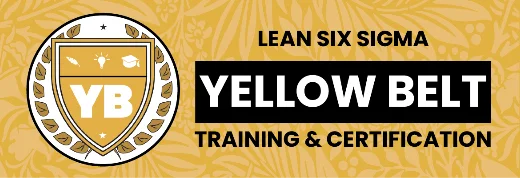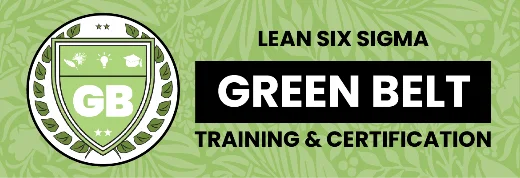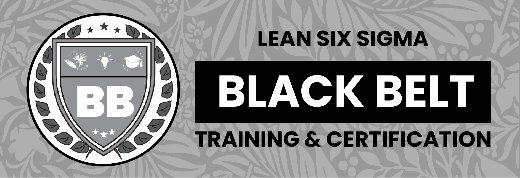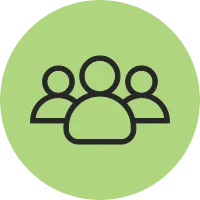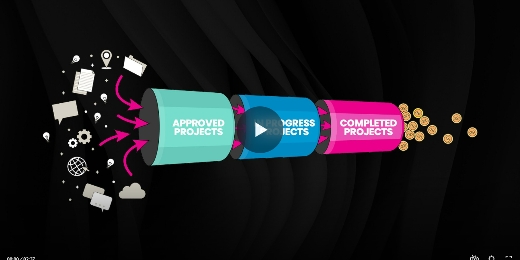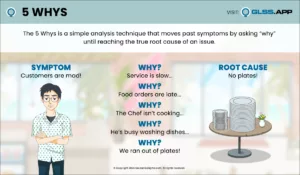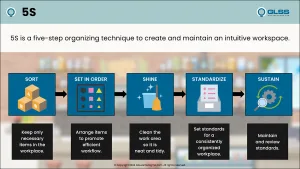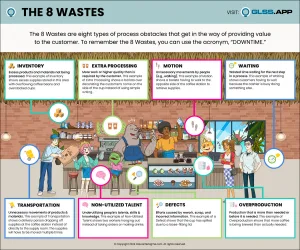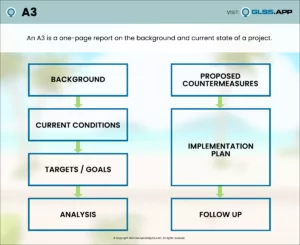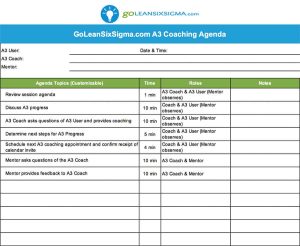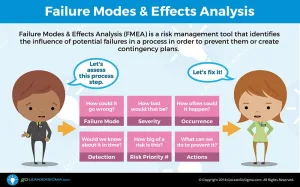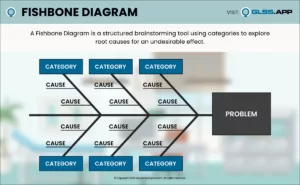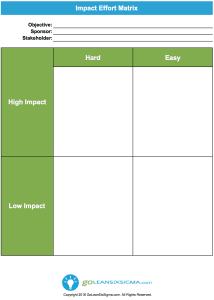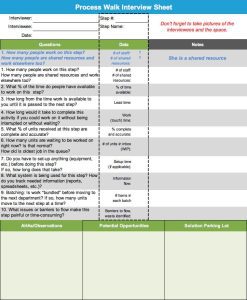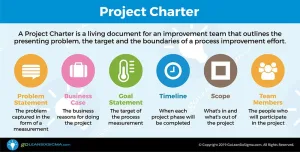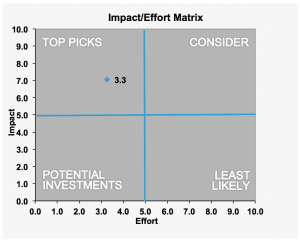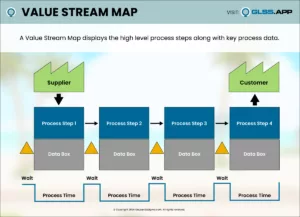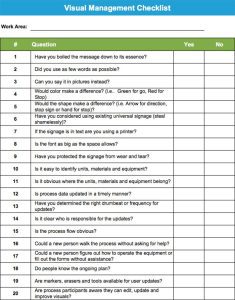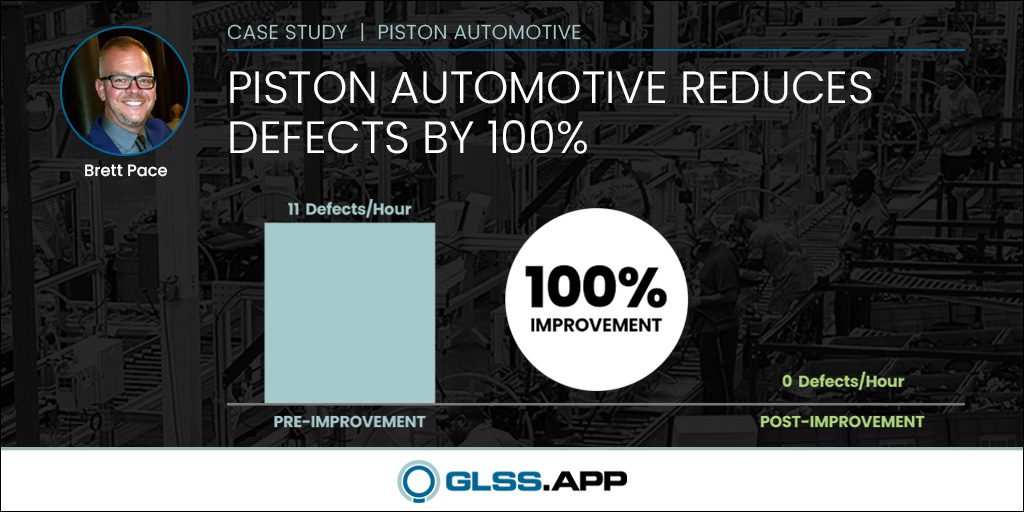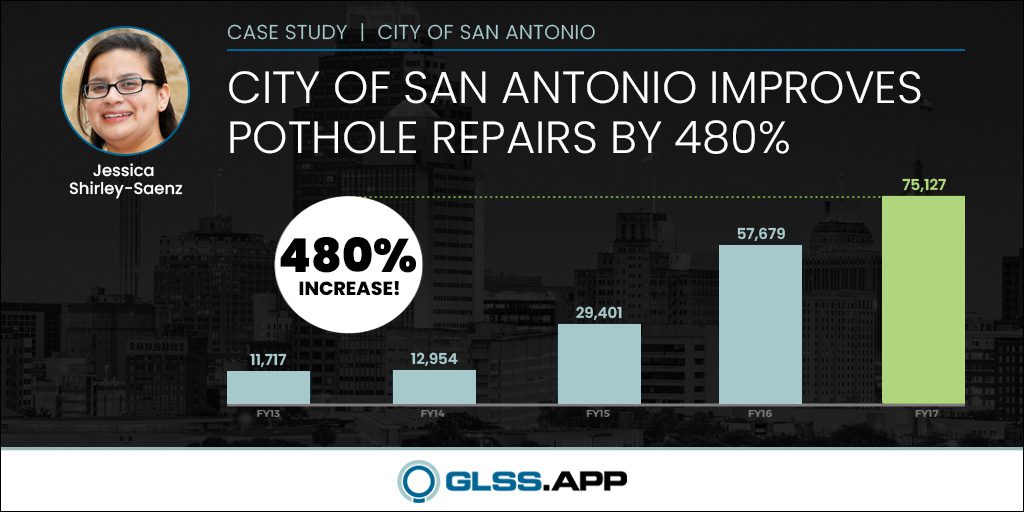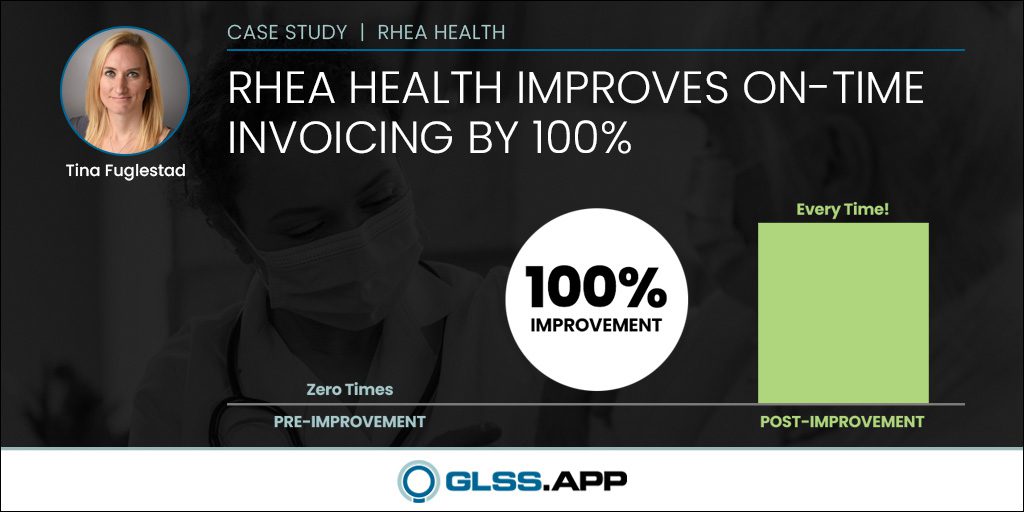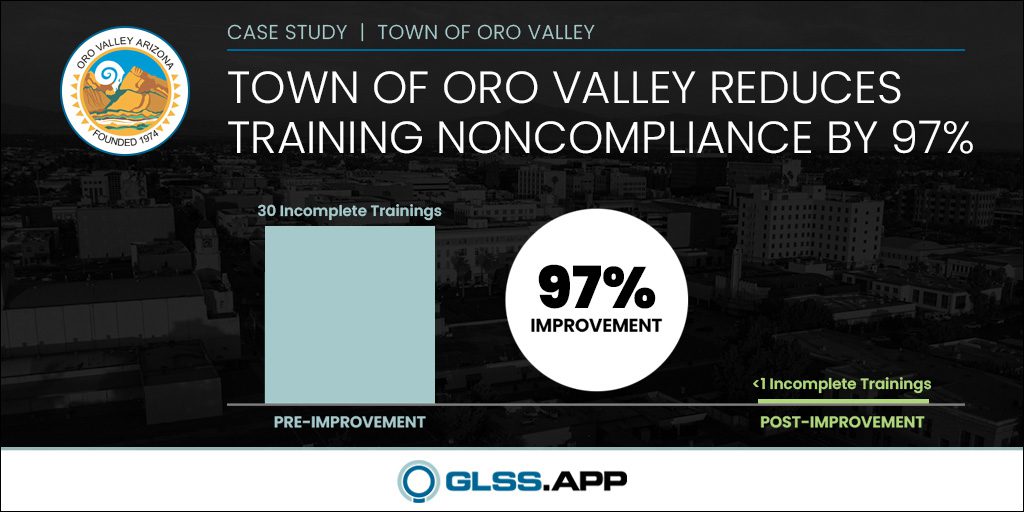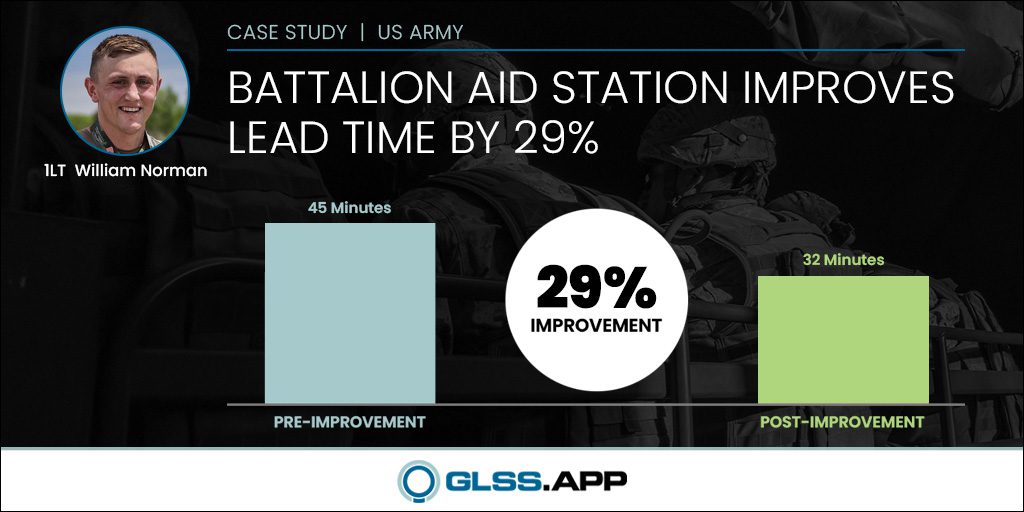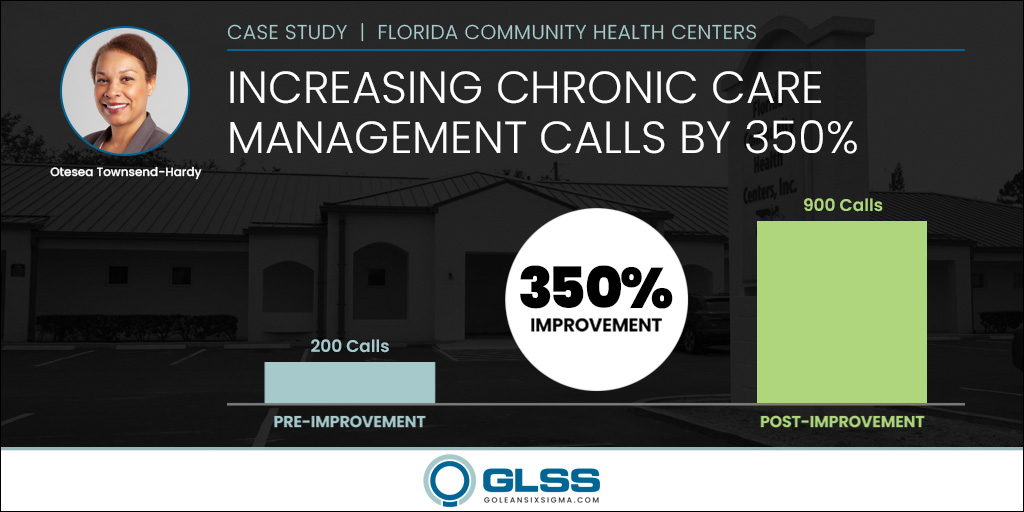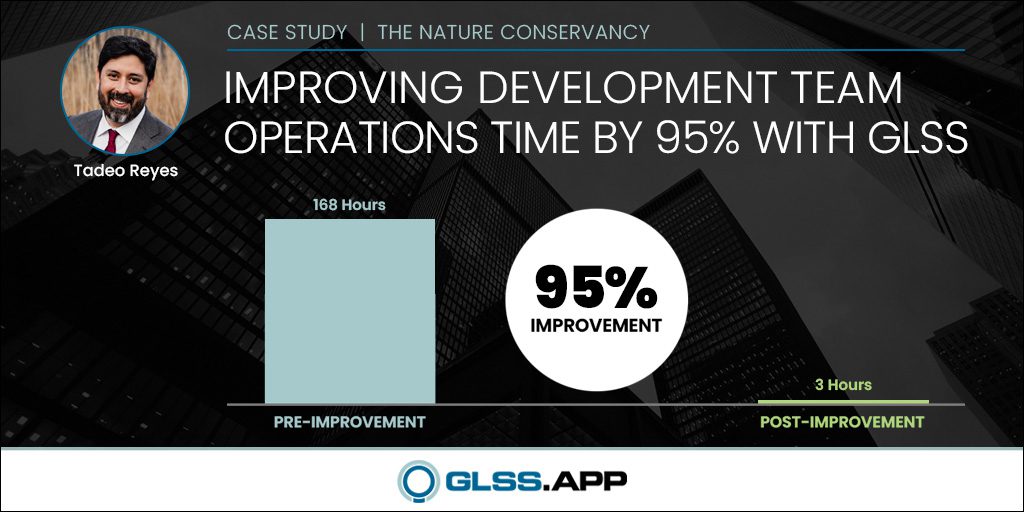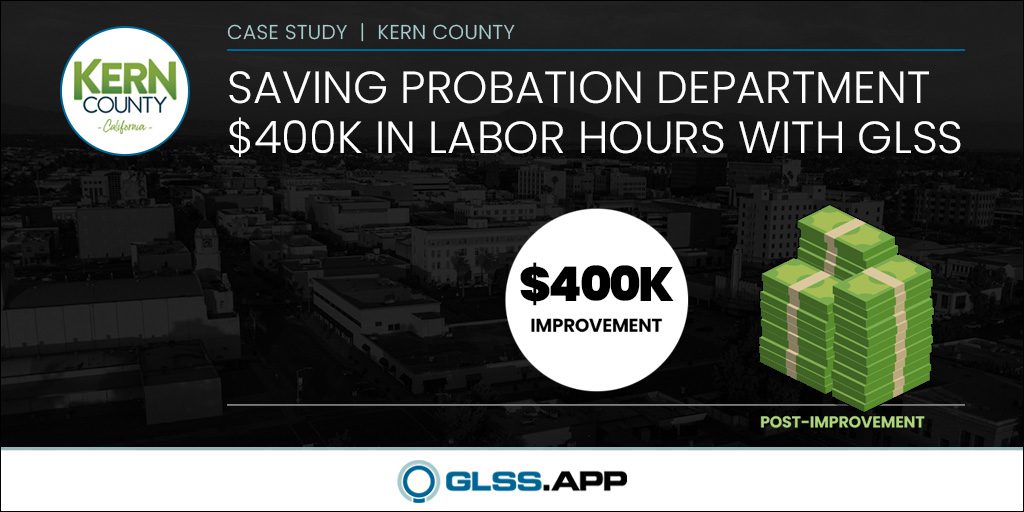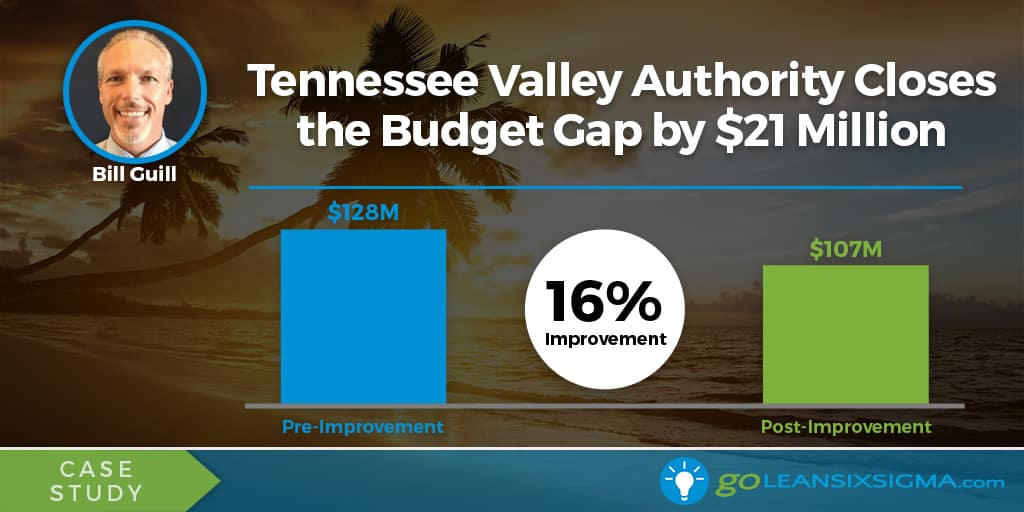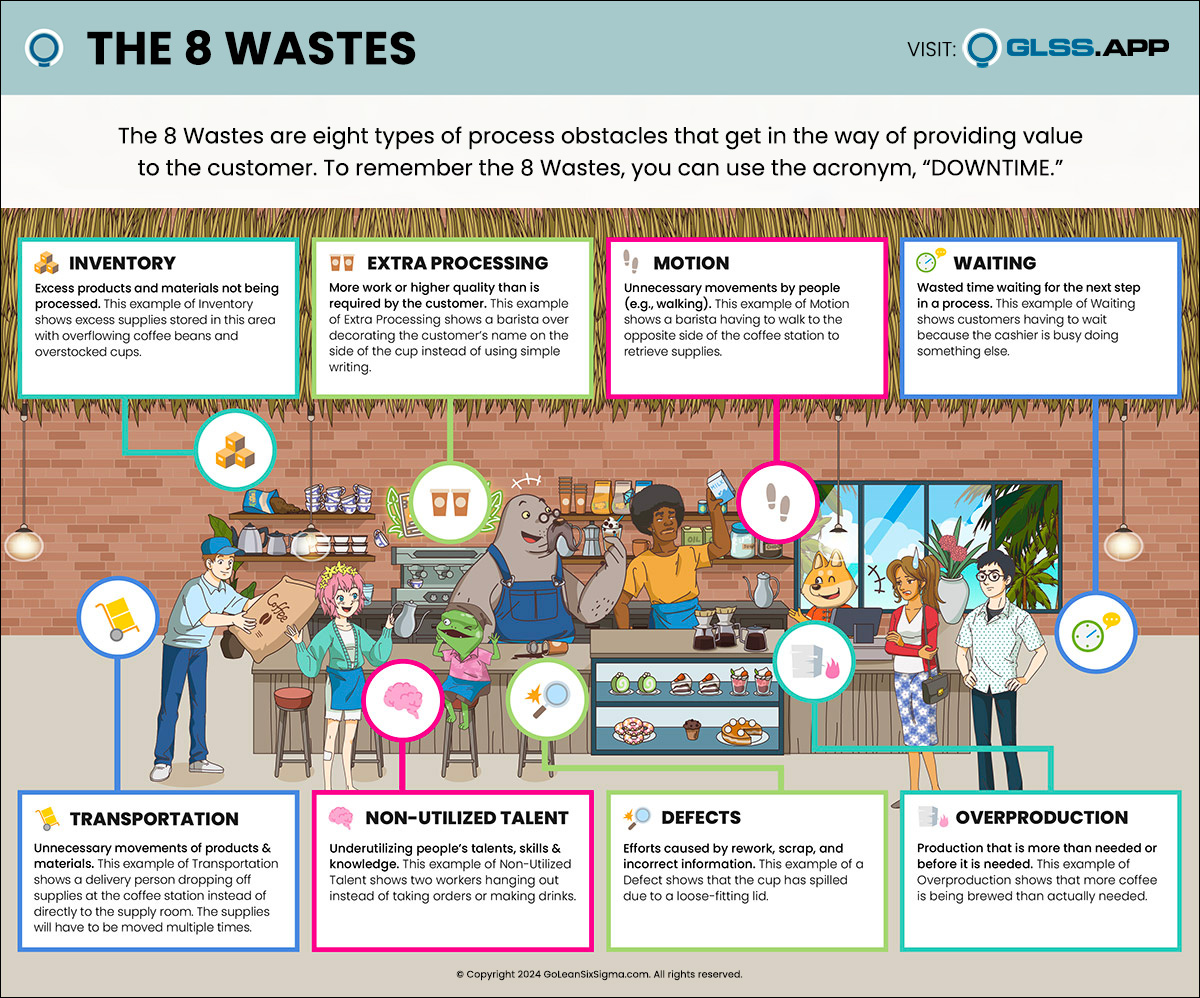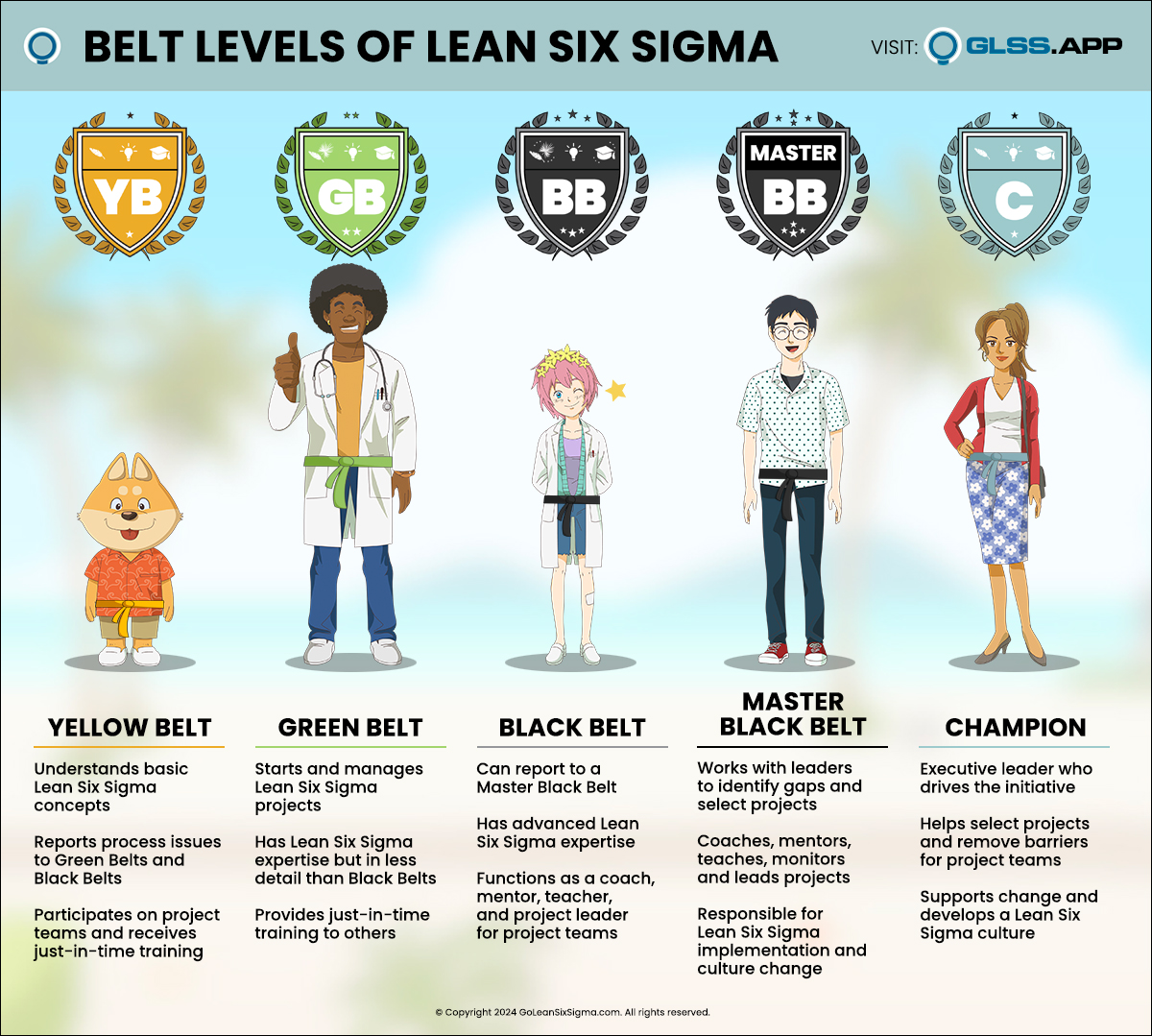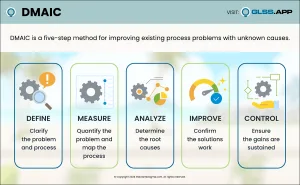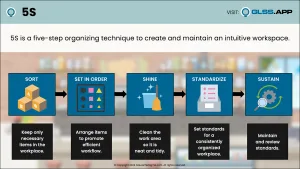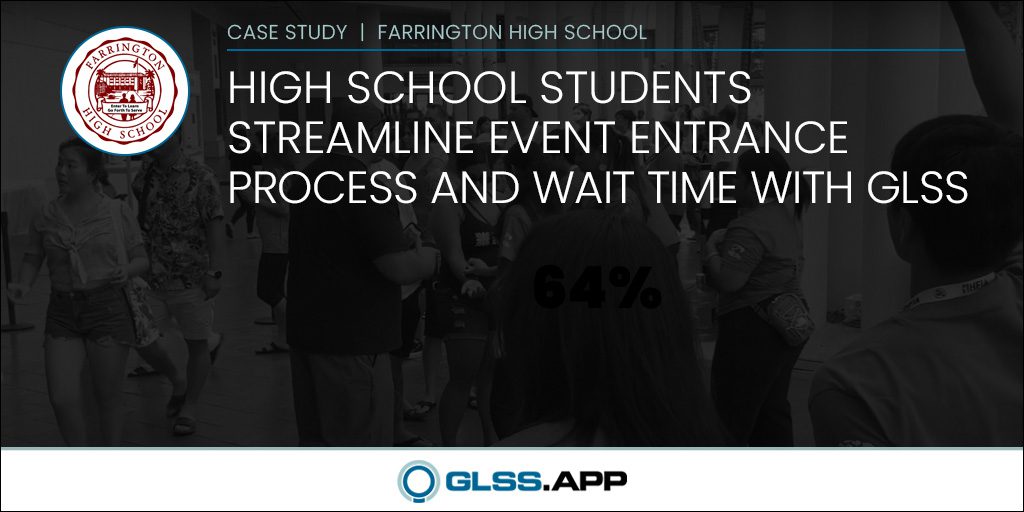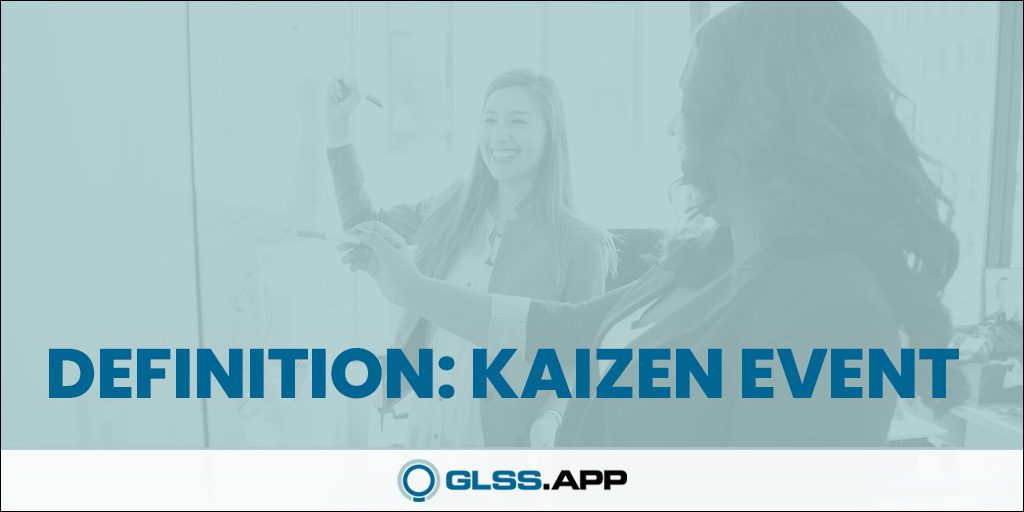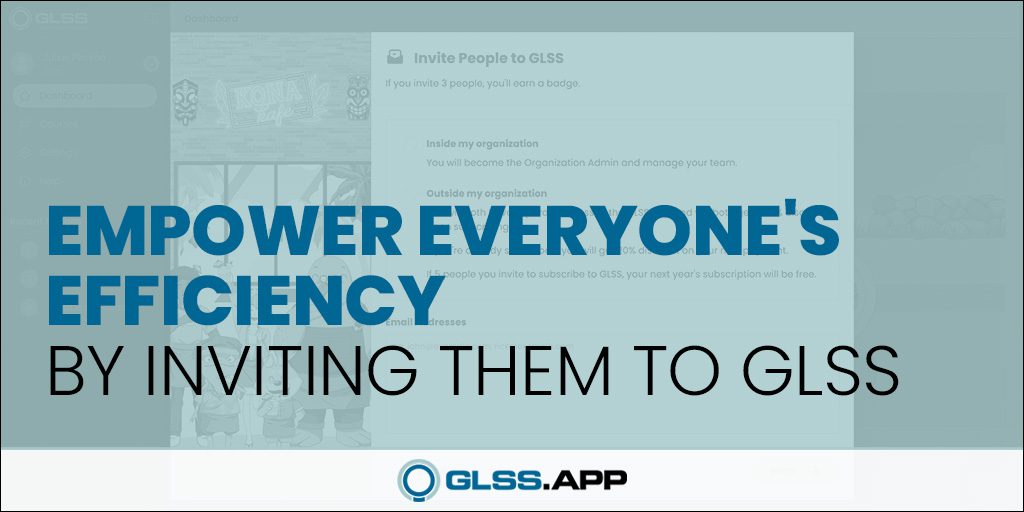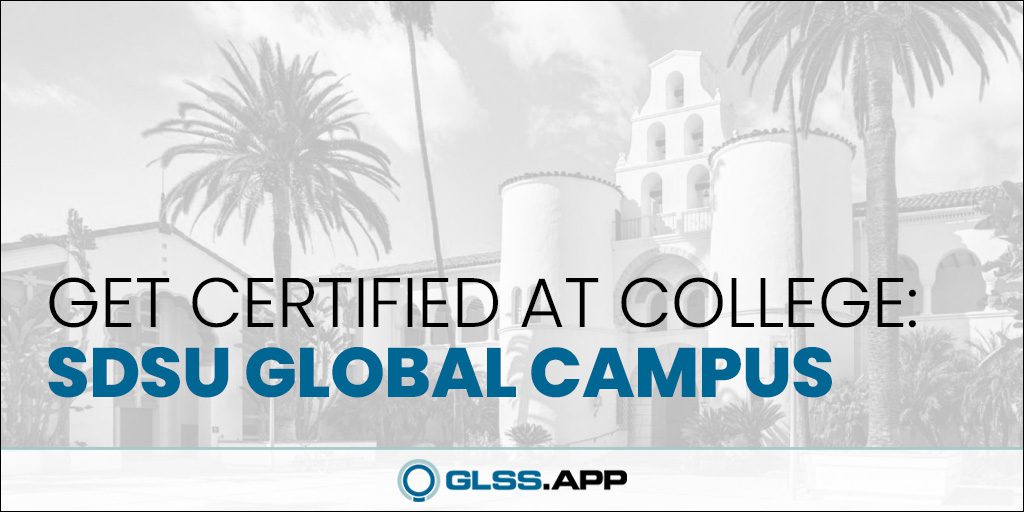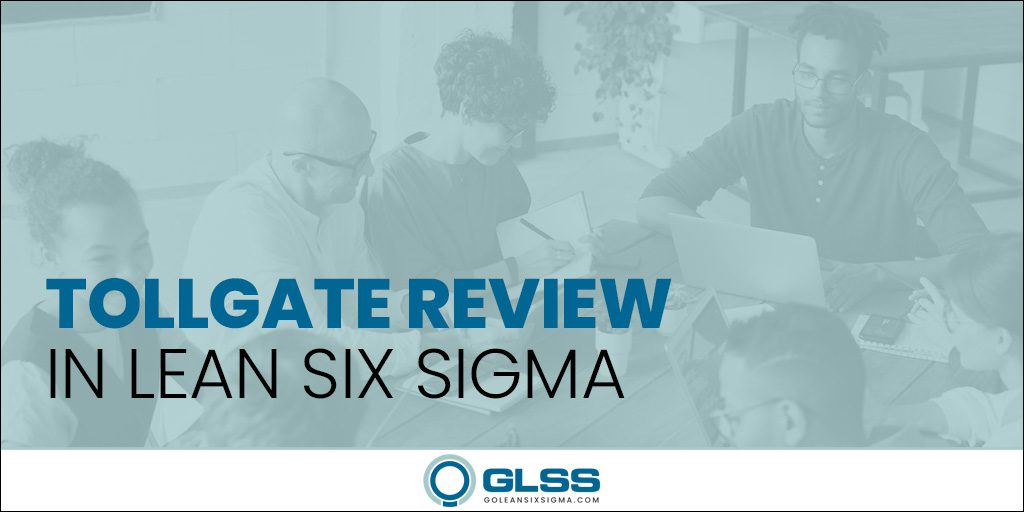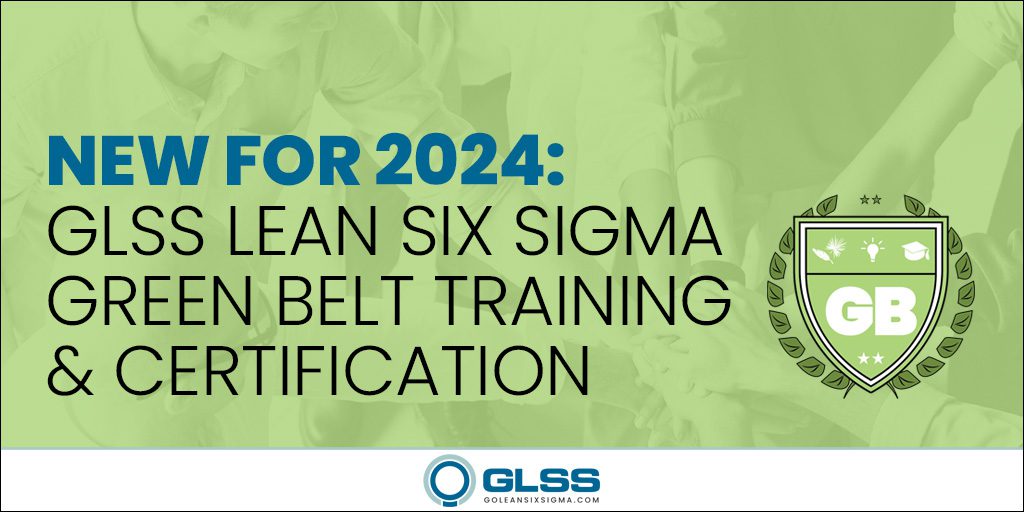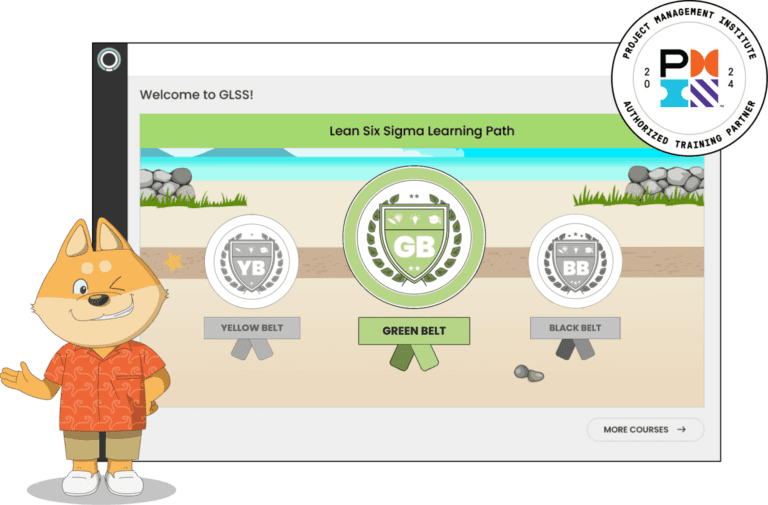UC San Diego Improves Class Scheduling Processing Time By 56% With GLSS
Home » Case Study » UC San Diego Improves Class Scheduling Processing Time By 56% With GLSS
Project Summary
- The Challenge: It took UC San Diego 3-5 months to assign 2,500 classes
- The Discovery: 4 of 15 major tasks took 75% of the total time
- The Improvements: They eliminated the need for thousands of emails and phone calls
- The Results:
- Reduced wait time by 75%
- Reduced process time by 56%
- Reduced phone calls and emails by 33%
- Saved $226,500
THE CHALLENGE
The University of California San Diego has a Herculean—perhaps Sisyphean—task. Every quarter they have to assign over 2,500 courses to classrooms. That’s a lot of courses, but how hard could it be? Project leader Kevin Waldrop discovered it was no simple matter.
Over 2,500 courses had to fit into 103 general purpose classrooms. With roughly 2,400 phone calls and 13,000 emails across 58 academic departments, it took three to five months—then they had to do it all over again for the next quarter! The process took far too long, yielded far too little, and resulted in too much rework.
Kevin launched a Lean Six Sigma improvement project, recruiting a team from across the organization. Typically, teams consist of 5-7 people, but the challenge Kevin faced called for help from dozens of people. His answer was to develop a smaller core team to coordinate the efforts of the larger group. The team’s goal was to double the process yield while reducing processing time by 30%.
THE DISCOVERY
Kevin and his team conducted a Process Walk, which quickly revealed the complexities of the process. They drafted Process Maps and Value Stream Maps to document the work:

The Swimlane Map clarified that the process was far too complicated. There were handoffs and review loops which were hard to decipher. Once they could see the complexity, the team questioned how any classes were scheduled at all. The amount of effort involved was impressive.
The team uncovered that the process accomplished 15 major tasks. Through careful study they revealed that four of the tasks accounted for over 75% of the process time:

THE IMPROVEMENTS
These tasks became the focus for improvement. They decided to conduct a series of Kaizen (Rapid Improvement) Events in order to achieve quick results while involving a large cross section of people.
The approach and resulting improvements:
Voice of the Customer Survey
The team queried 150 people, of which 50 responded. The responses provided insight as to how stakeholders felt about the process and the results they were looking for. This was critical because any potential change would impact hundreds of people across the organization.
- Improvement—Gained Stakeholder buy-in
Kaizen Event #1
Eight people focused on the Registrar’s Scheduling Unit. They analyzed the process in greater detail to identify Quick Wins. The Schedule Build Spreadsheet, which caused a lot of complexity early in the process, appeared to be unnecessary. They also determined that the Room Charts involved unnecessary manual reporting.
- Improvement—Eliminated the Schedule Build Spreadsheet
- Improvement—Eliminated manual reporting for Room Charts
Kaizen Event #2
Seven people got together to build on prior work. They developed outlines for selected survey responses from the Department Schedulers and designed action plans. They identified six more Quick Wins that could easily be implemented.
- Improvement—Developed survey result action plans for implementation
- Improvement—Provided immediate improvement options for departments
Kaizen Event #3
Four people focused on creating an overall Future State Process Map and developing optimization priorities for the Pilot run. They created scenarios by varying the order of data entry, noting differences in the results.
- Improvement—Optimized the data entry sequence
- Improvement—Added technology to support the process
In addition to these team efforts, new Information Technology had been identified to support the process. This led to a series of vendor meetings where they worked together to plan out the details and prepare for technology pilots. The pilots helped them further refine the Future State Process.
THE RESULTS
Implementation went smoothly, and after a year the new process was up and running. Information Technology was instrumental in helping the team hold their gains. The piloted results far exceeded expectations:

WHAT'S NEXT
Kevin and the team were amazed at the transformation of the scheduling process. The Voice of the Customer Survey and the individual Kaizen Workshops were essential to developing a new process that everyone supported.
The team continues their work to finalize and fully implement the new Standard Operating Procedures. They are excited to continue their pursuit of perfection!


